Review
The Ford Ranger pickup is now available with a plug. Not as a fully electric model - for that’s still complicated to do well while meeting the level of utility performance we’ve come to expect from the pickup market - but a plug-in hybrid (PHEV). This means there’s still an engine under the bonnet, so you’re not going to get stuck in the middle of nowhere without the ability to easily refuel.
Better yet, Ford’s determination to electrify the Ranger without introducing compromises means this PHEV can still tow 3.5 tonnes and handle a gross payload of over 1.0-tonne (though not at the same time).
There are no changes to the ground clearance, and it can still ford water up to 800mm deep – something we’ve been able to experience during an off-road excursion on a volcano in Iceland.
In fact, if anything, the Ranger PHEV has more performance than an equivalent diesel, as the petrol-electric combo can deliver 697Nm of torque - more torque than any other Ranger. From gradients to towing (which we’ve also tested), this is a powerful machine. And if you can make maximum use of the electric-only driving range via a low-cost electric car tariff, running costs should be lower as well.
Since changes in 2025 mean that double-cab pickups now count as cars for some tax purposes, the PHEV drivetrain has some significant cost saving advantages versus the diesel models. For instance, thanks to official CO2 emissions of 70-72g/km, benefit-in-kind company car tax is around £350 a month for 20% rate payers, compared with upwards of £520 for a diesel Ranger.
The hybrid system doesn’t just benefit efficiency, however. With the Ford Pro Power Onboard system, the Ranger PHEV can as a giant mobile generator. It’s able to pull power from the drive battery to run tools or camping equipment and can do the same using the engine, should the battery already be depleted.
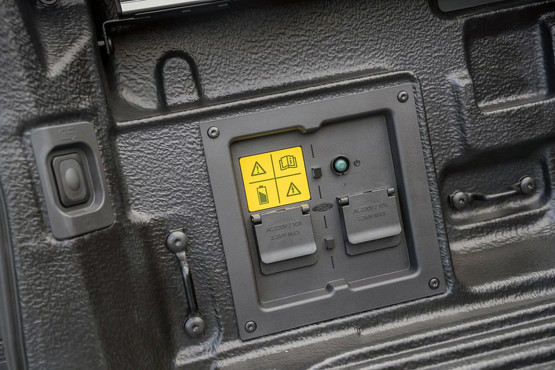
The Ford Ranger PHEV uses a new 2.3-litre TIVCT EcoBoost powertrain that includes an electric motor integrated into the standard-fit 10-speed automatic transmission. Total power output is 281PS.
According to the official WLTP measurements, it is capable of up to 26 miles of zero-emissions driving – slightly less if you go for one of the higher specs. Not a huge amount by modern plug-in hybrid standards in the car world, where 70 miles or more is becoming common, but enough to make a difference on the average commute. We managed around 21 miles in real-world conditions before the battery was fully depleted.
To achieve that electric range, a relatively modest 11.8kWh battery pack is fitted. Making room for even that amount of electricity storage meant re-engineering the rear chassis rails so that the pack could be accommodated beneath the load bed. This in turn has meant some changes to the suspension were necessary to deal with the difference in unladen weight distribution.
You’ll be hard-pressed to tell. The Ranger PHEV isn’t perfect, but as with the rest of the Ranger line-up it still has probably the best ride comfort of any regular pickup truck. Poor surfaces will set the whole thing gently shuddering, but it’s unfazed by bumps and potholes, and in pickup terms this Ford is supremely composed.
With nicely judged power-assisted steering, it’s easy to thread through city centres and country lanes, alike, making what is a very large vehicle easy to handle. There’s plenty of grip, not too much body roll and it’s not too tiring on a longer journey, either.
There’s more than enough oomph from the electric motor to make driving in zero emission mode perfectly bearable – and it’s very quiet, as you’d expect. Impressively, it’s not that much noisier when the petrol engine kicks in thanks to the active noise cancellation tech, which works just like a set of similar headphones.
The powertrain certainly deliver plenty of performance, and when the battery runs out it manages not to feel too draggy.
If you’re not able to make best use of the electric drive, however, you should be a little more wary of the fuel economy. Officially, this is 88-91mpg – but that’s due to the way WLTP measurements are heavily influenced by electric-only running during testing. Without the motor-assistance you’ll be looking at more like 30mpg, especially if you’re planning to charge the battery pack while you’re on the move as well.
Helping to make the hybrid system as versatile as possible, you have a choice of four EV (electric vehicle) modes: EV Auto, EV Now, EV Later and EV Charge. They do exactly what they say on the tin, and we’re particularly pleased to see the EV Charge mode, which not every plug-in hybrid offers. Using this does dent fuel economy, but could be worth it to have electric-only power when you need it later.
On top of this, you can choose between multiple driving modes for different surfaces, four settings for the four-wheel drive system and easily activate the rear differential lock and the hill descent control for tougher off-road situations.
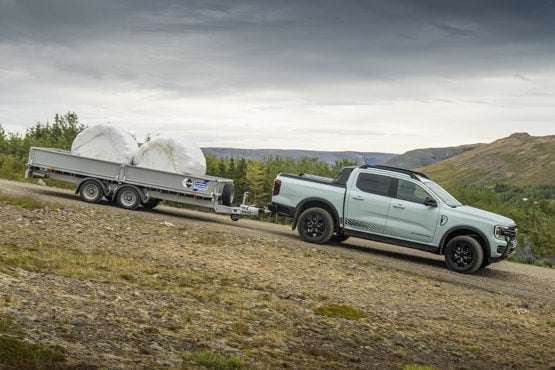
Driving around on an active volcano sounds extraordinary, but the terrain wasn’t actually that challenging. What we can say for sure is that all the systems and four-wheel drive modes work as they should, including the hill descent control and the diff lock.
We made multiple river crossings with no dramas, and the Ranger’s existing off-road traits remain uncompromised. Ground clearance at 215-226mm is still more than adequate for most scenarios, and the axle articulation is enough to make tackling offset surfaces straightforward. No surprises or concerns here.
Priced from £40,830 (CV OTR), the Ranger PHEV is pitched between the 2.0-litre and 3.0-litre diesel models, but with much lower benefit-in-kind tax costs and potentially better running costs as well. It feels like an excellent choice for those with the facility to charge as part of their everyday routine.
The driving experience is as impressive as ever, for a pickup. The interior is still outstanding, the tech all seems to work, and the refinement is basically unmatched in this class. As such, our initial encounter suggests this is a really good way to start along the road to electrification if you’re in the market for a pickup, even if the electric-only driving range isn’t that far in this instance. Ford has done it again.
Specs
| Manufacturer | Ford |
| Model | Ranger Petrol |
| Specification | Ford Ranger Petrol Pick Up D/Cab Stormtrak 2.3 EcoBoost PHEV 281 Auto |
| Model Year | 2026.00 |
| Annual VED (Road tax) | £1035 |
| BIK List Price | £50,741 |
| Range | 26.00mile(s) |
| CO2 | 68g/km |
| Insurance Group | N/A |
| CC | 2,261 |
| Fuel Type | |
| Vehicle Type | Pick-up |
| Luggage capacity (Seats up) | N/A |
Running Costs
| P11D | £50,741 |
| Cost per mile | 57.97ppm |
| Residual value | £21,500 |
| Insurance group | N/A |
| Fuel Type | |
| Cost per mile | 57.97ppm |
| Fuel | 5.62ppm |
| Depreciation | 48.83ppm |
| Service maintenance and repair | 3.52ppm |
Rivals
Info at a glance
-
P11D Price
£50,741
-
MPG
94.2 -
CO2 Emissions
68g/km -
Payload
N/A -
Load Volume
N/A -
Load Width
N/A -
Load Length
5,370mm -
Range
26.00mile(s)

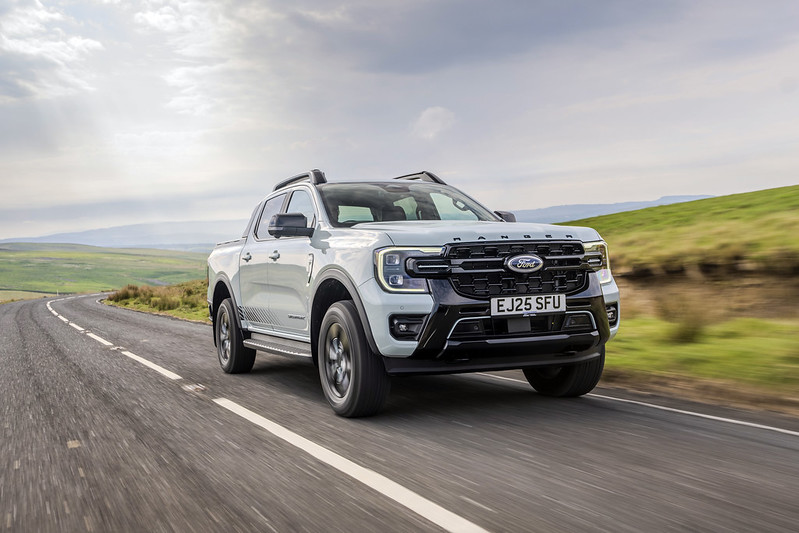
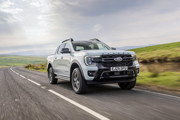
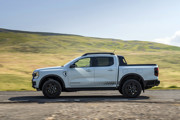
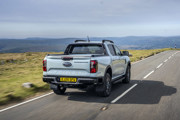

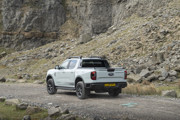
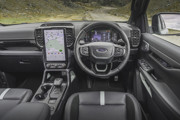
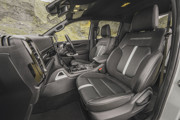
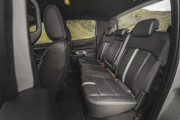
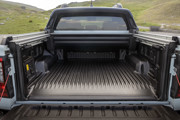

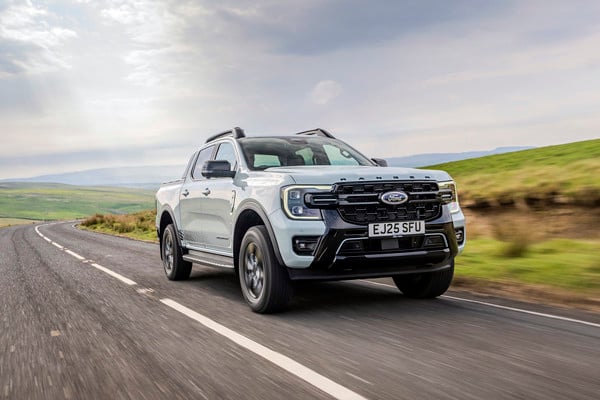
 Diesel
Diesel
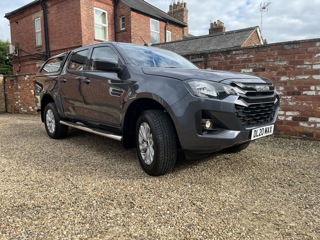
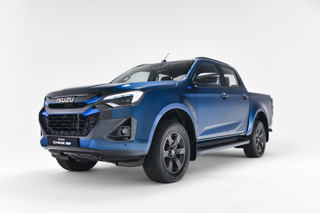

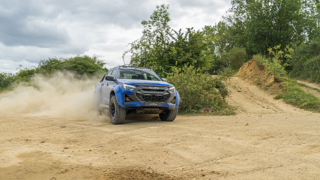
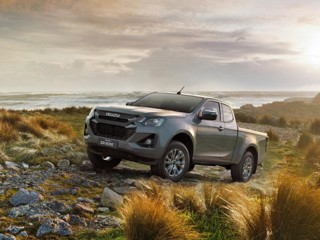

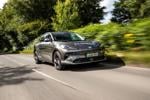






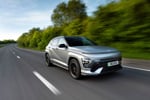



Login to comment
Comments
No comments have been made yet.